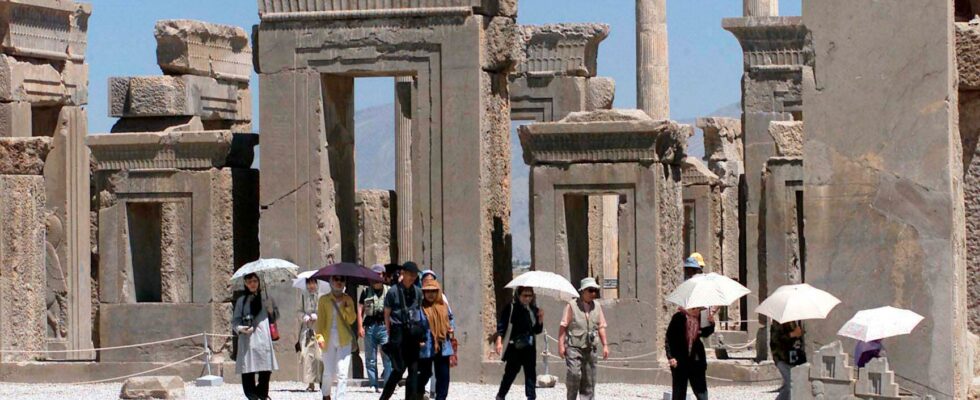unsaveSave
expand-left
full screen A group of tourists visiting the ruined city of Persepolis. Archive image. Photo: Vahid Salemi/AP/TT
For the sixth time, the United States is returning a large quantity of clay tablets from the Achaemenid Empire era to Iran. The clay tablets, 1,100 in number, have been handed over to Iranian President Masoud Pezeshkian in connection with the UN General Assembly in New York.
The clay tablets were found in the ruins of Persepolis, which was the capital of the Persian Achaemenid Empire from the sixth to the fourth century BC. The paintings show how society at the time was organized and how the economy was managed.
The paintings have records of “the rituals and ways of life of our ancestors,” Ali Darabi, Iran’s deputy minister of cultural heritage, told the state-run Irna news agency.
The paintings were returned by the University of Chicago in the United States.
A large percentage of the paintings have previously been returned in three installments between 1948 and 2004. In addition, more than 3,500 pieces were sent to Iran in the fall of 2023.
